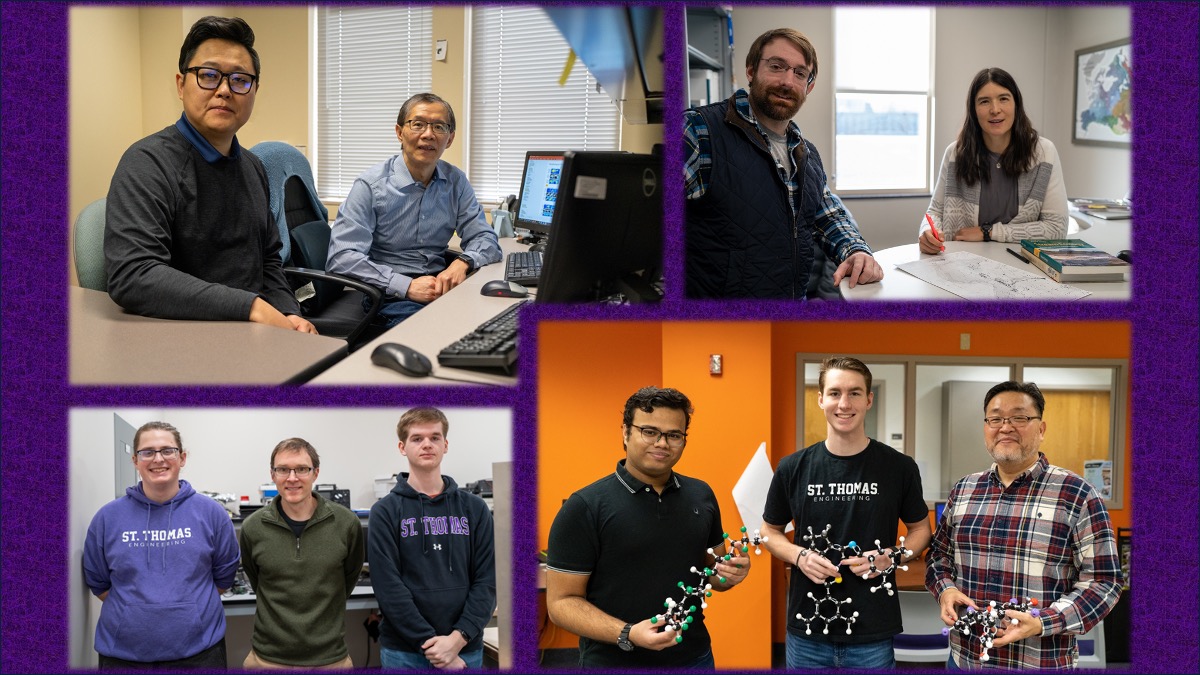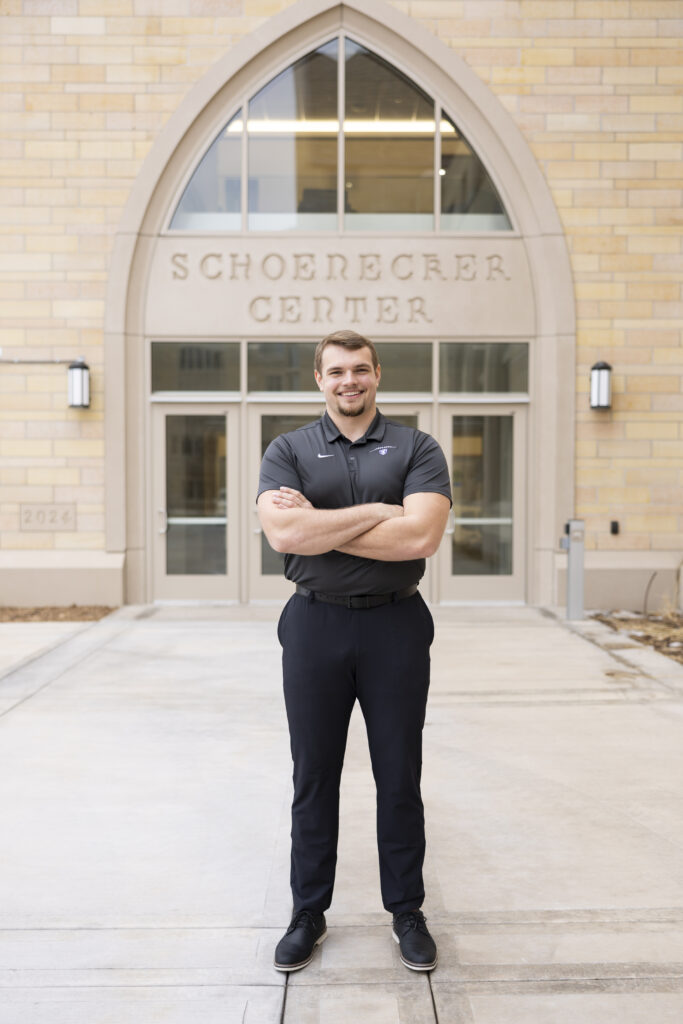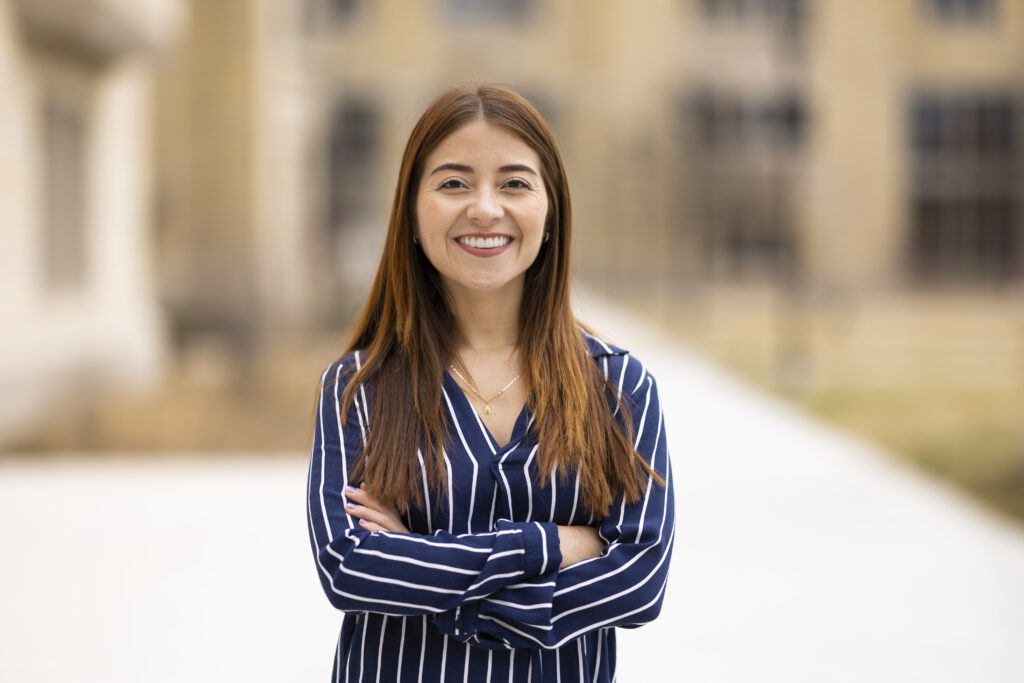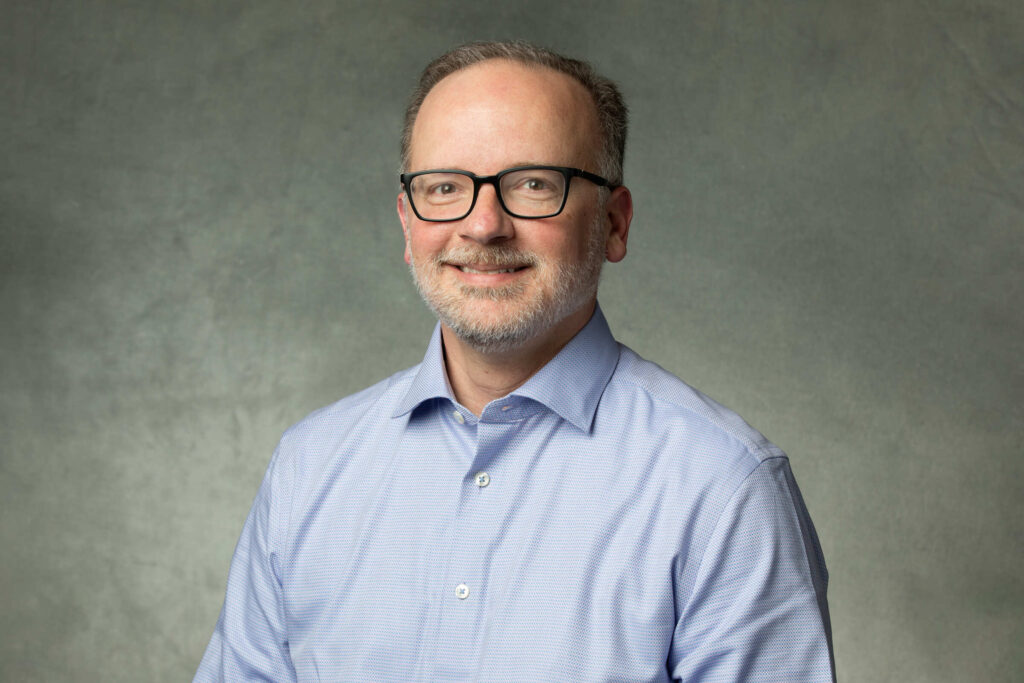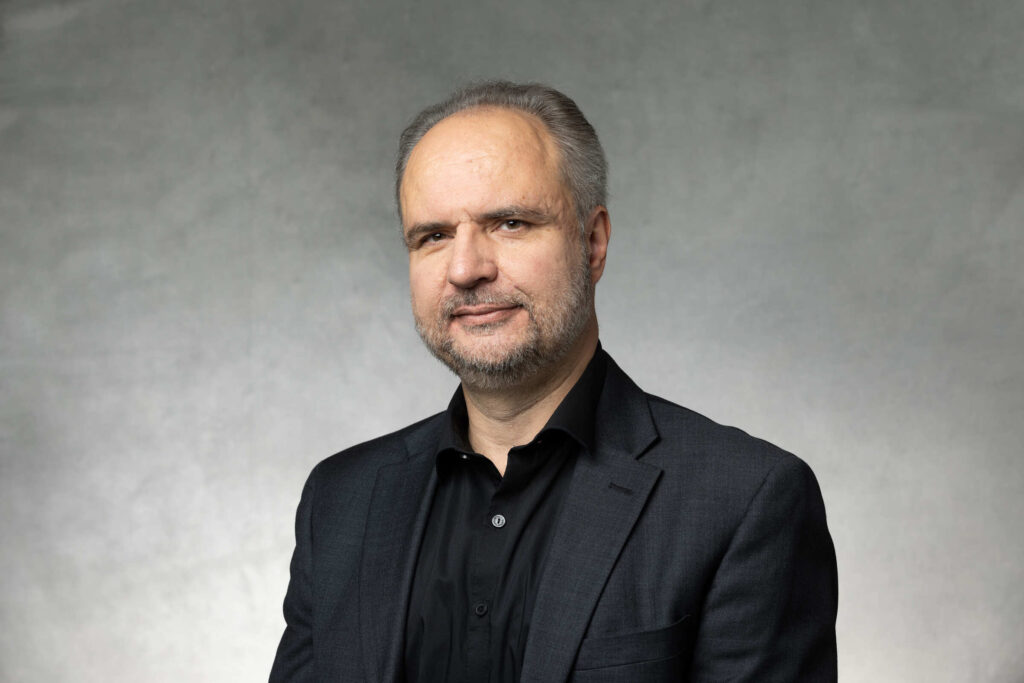Ryan Kappes (Civil Engineering ’25) With Dr. Ali Ling
Characterizing How PFAS Move Through Aquatic Food Webs in the Mississippi River
RESEARCH ROLE: my role is to analyze data from research done on PFAS concentrations and find links between the compound size and accumulation in the food web to better characterize how much PFAS impacts aquatic life.
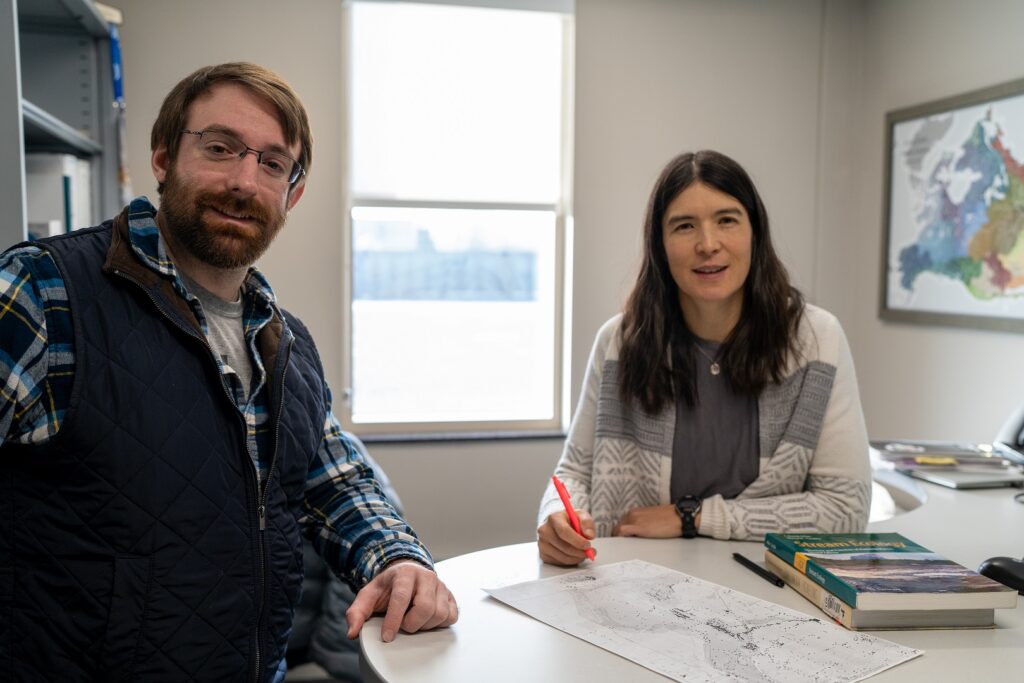
PERSONAL IMPACT: I find research to be cool. The concept of going out to find novel information, or to gather information that already exists and apply it to new ideas, is itself a seed for passion. Over the past 100 years, we as a society have done so many things without understanding their full implications. I feel like this is just the start of a larger look into this particular realm of environmental engineering/science.
SOCIETY IMPACT: One of Minnesota’s crown jewels is the natural beauty of the state, and I feel it is our duty to protect it. To look into how chemicals are affecting this environment is a personal achievement alongside a professional one. Understanding our impact here is critical to our future when we start exploring other planets.
Kordt Gammelgaard (Electrical Engineering ’25) and Jonathan Millam (Computer Engineering ’25) With Dr. Lucas Koerner
Classifying Material Types From a Distance Using Time-Resolved Optical Signatures
RESEARCH ROLE: Our role is to design infrastructure to collect and process data from the optical depth sensor at various angles and distances which can lead to safer and more capable autonomous systems.
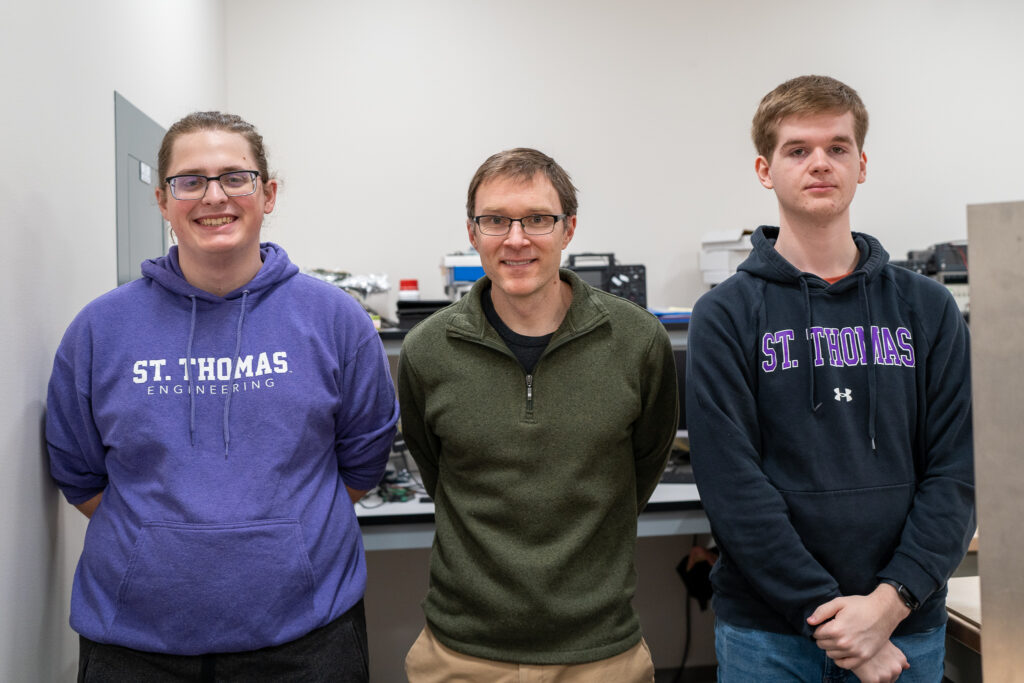
PERSONAL IMPACT: The opportunity to do research is wonderful and a very fun experience. It has helped me further my own understanding of the discipline, flesh out my future goals as an engineer, and explore the amazing advancements in the field. – Kordt Gammelgaard
SOCIETY IMPACT:
- Ensures safer and more capable autonomous systems.
- Autonomous cars differentiate between asphalt and ice.
- Robots that interact independently with the environment need to know if an object is hard or soft.
Srajan Pillai (Mechanical Engineering Graduate Student) and Henry Fischer (Mechanical Engineering ’25) With Dr. Jeong Ho You
Computational Simulations to Design New Two-Dimensional Systems to Be Used in Display Devices or Light Sensors
RESEARCH ROLE: Our role is to help design and run atomic scale simulations for two-dimensional metal dichalcogenide layers with photochromic molecules, alongside data compilation and result analysis.
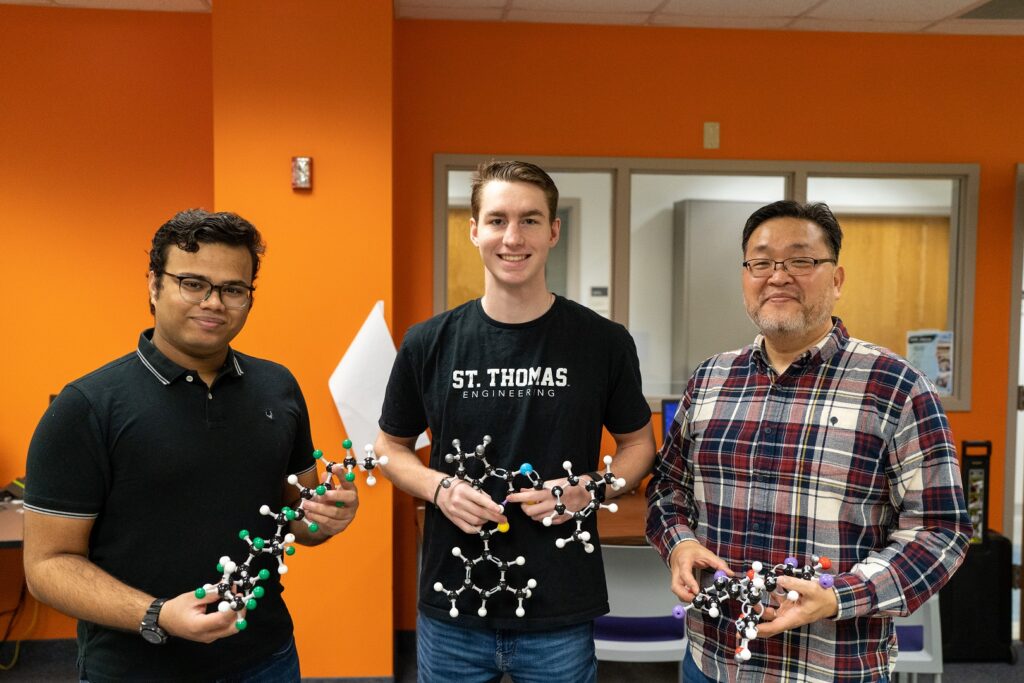
PERSONAL IMPACT: Working with faculty and participating in research means the opportunity to engage in a hands-on, collaborative learning experience that allows us to develop critical thinking, problem-solving, and teamwork skills. It also provides the chance to explore new ideas and subjects in depth, and a chance to push ourselves intellectually.
SOCIETY IMPACT: Miniaturizing electronic devices such as cellphones, smartwatches, sensors, etc., is the mainstream in advancing technology. Because of their small size and unique properties, developing two-dimensional semiconducting materials is a key factor in continuing the downsizing of electronic devices.
Jihun Moon (Data Science Graduate Student) With Dr. Chih Lai
Building an AI Chatbot for the University of St. Thomas
RESEARCH ROLE: My role is to help design a comprehensive system architecture for the chatbot to ensure seamless integration and efficient functionality.
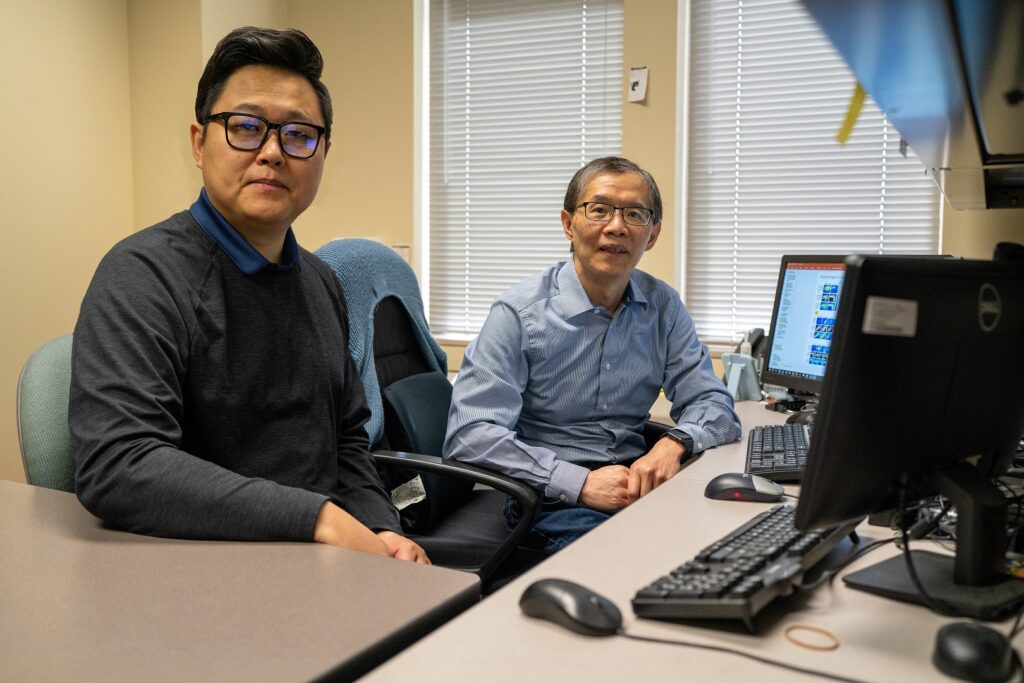
PERSONAL IMPACT: I am encouraged to question and jump deeper into my research findings. The opportunity to engage in research related to the current market’s hot topics are incredibly valuable for my career and learning. The prospect of producing tangible project outcomes in this field adds significant value to my professional development.
SOCIETY IMPACT: This is the new trend with regard to how our society will use the internet in the future. Users will no longer need to do keyword searches to derive answers.
This story is featured in the spring 2024 issue of St. Thomas Engineer.
